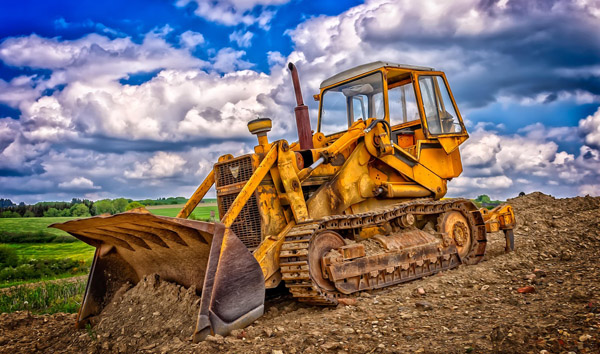The Evolution of Fork Attachments for Wheel Loaders: Enhancing Efficiency and Versatility
2025-07-22 05:30:28
Fork attachments for wheel loaders have become indispensable in modern material handling operations. These specialized tools enable wheel loaders to lift, transport, and stack palletized goods with precision, bridging the gap between traditional forklifts and heavy-duty loaders. The integration of fork attachments for wheel loaders has significantly improved efficiency in industries requiring rapid loading and unloading of bulk materials.
The design of fork attachments for wheel loaders has evolved to meet diverse operational demands. Modern variants feature adjustable tines, reinforced steel construction, and hydraulic tilt mechanisms, allowing seamless adaptation to different load sizes and weights. According to industry data, the global market for wheel loader attachments is projected to grow at a CAGR of 5.8% from 2023 to 2030, driven by increasing demand in warehousing and construction sectors. Fork attachments for wheel loaders are now engineered with quick-coupling systems, reducing downtime during attachment swaps.
Operational benefits of fork attachments for wheel loaders include enhanced maneuverability and reduced equipment costs. Unlike standalone forklifts, wheel loaders equipped with fork attachments can perform multiple tasks—such as digging, lifting, and transporting—without requiring additional machinery. A 2022 study by the International Construction Equipment Association (ICEA) found that job sites using fork attachments for wheel loaders reported a 22% reduction in equipment rental expenses. Furthermore, these attachments improve safety by minimizing manual handling risks in high-volume logistics environments.
Industry adoption of fork attachments for wheel loaders continues to rise, particularly in emerging markets. In regions like Southeast Asia and Latin America, infrastructure development projects are driving demand for versatile material handling solutions. Leading manufacturers, such as Caterpillar and Komatsu, have introduced smart fork attachments with load-sensing technology, optimizing performance for wheel loaders in dynamic work environments. As automation advances, the next generation of fork attachments for wheel loaders is expected to incorporate AI-driven load balancing and remote monitoring capabilities.
In conclusion, fork attachments for wheel loaders represent a critical innovation in industrial equipment. Their adaptability, cost-efficiency, and safety enhancements make them a preferred choice for modern material handling challenges. With continued technological advancements, these attachments will further redefine productivity standards across global industries.













